What is slippage in crypto? How to avoid slippage on exchanges

What is slippage in crypto? How to avoid slippage on exchanges
Trading crypto is not for the faint-hearted. Price swings can dent the bottom line, and trades get hampered as the volume shrinks. Slippage — a common phenomenon for all asset classes — is particularly salient in this young market. It leads to unexpected order execution prices and could amount to significant losses over time. Fortunately, there are ways to minimize slippage on any crypto exchange.
What is slippage?
Crypto traders do not always get what they expect. While the market is moved by supply and demand, trading volume, market liquidity, and order types also matter. Different factors pump or crash the value of cryptoassets, so the result may deviate from the intended execution price.
Slippage occurs in any trading environment, from fiat currency exchanges to the NYSE. It causes the final execution price to exceed or fall short of expectations. Discover how to limit slippage and secure the most favorable price depending on the state and direction of the crypto market.
Slippage vs. spread
The term slippage should not be confused with Bid-Ask spread, the difference between the maximum price for buyers and the minimum price for sellers in order books. Slippage occurs at settlement, as it concerns the gap between the expected price and the result. So, how does it work?
Why expected price and actual price differ
Crypto slippage grows due to volatility and uneven liquidity. These are the strongest drivers of abrupt change.
Whether or not you see slippage also depends on the type of your orders. Market orders are affected by definition, as they trigger execution at the available market price.
Crypto's volatile nature
The cryptocurrency market is highly fluid, speculative, and susceptible to external factors. It shows surges and falls triggered by government announcements, whales, hype, and other fundamentals. Between order placement and execution, the price for your asset could shift up or down.
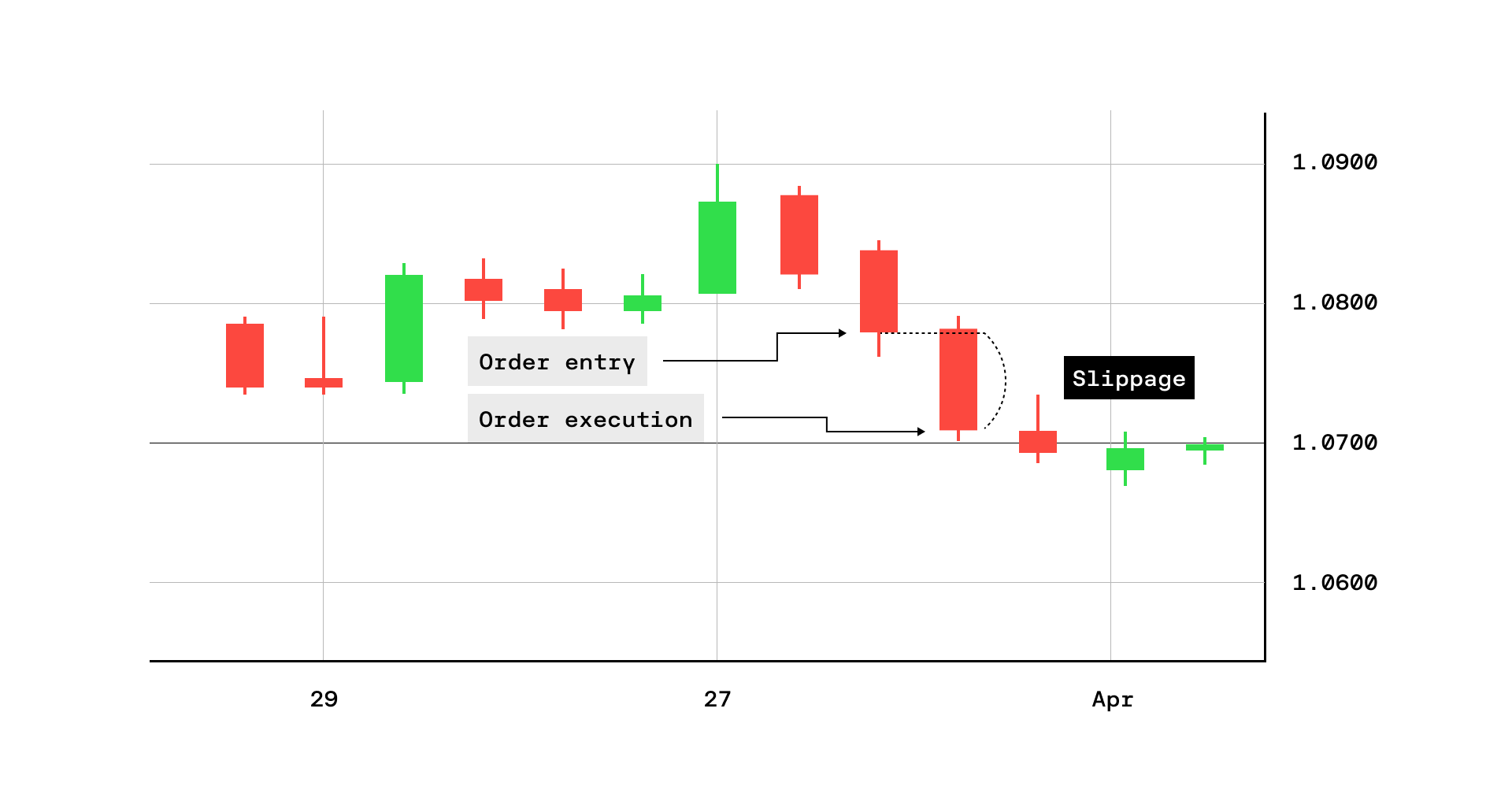
Low liquidity
For any order to be filled, there must be enough liquidity at the chosen price. Sometimes, the order book gets overwhelmed as it is too shallow — there are simply not enough buyers or sellers on the opposite side of the trade. Your market order is executed where there is sufficient volume — that is, at a different price.
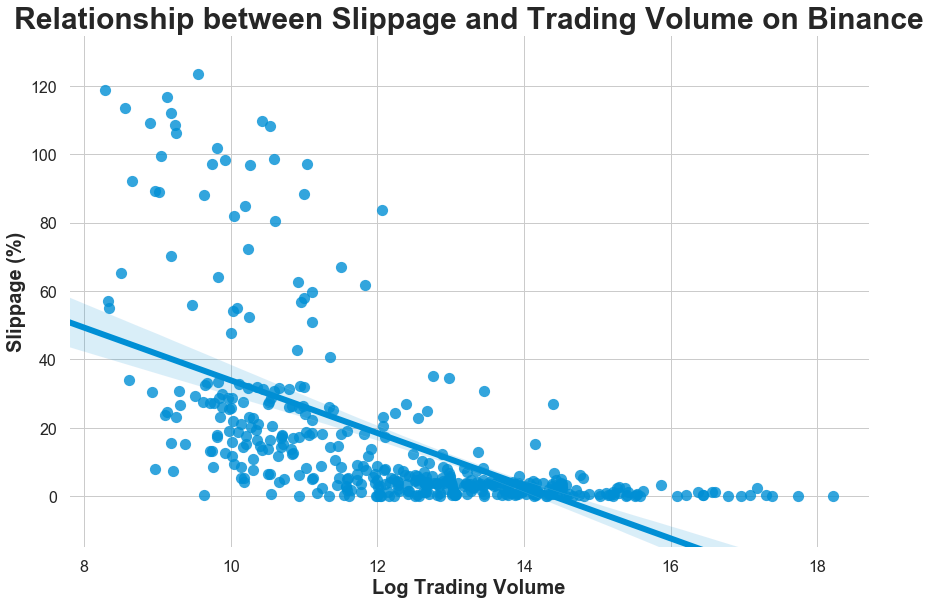
Positive slippage vs. negative slippage
Volatility may bring a more or less favorable result, depending on the market's direction. For example, suppose the ETH price on your exchange is $1,300, and you place a market order to buy ten coins. After a brief delay, execution happens at $1,350 per coin. You have paid more than expected, so the slippage (-$50) worked against you.
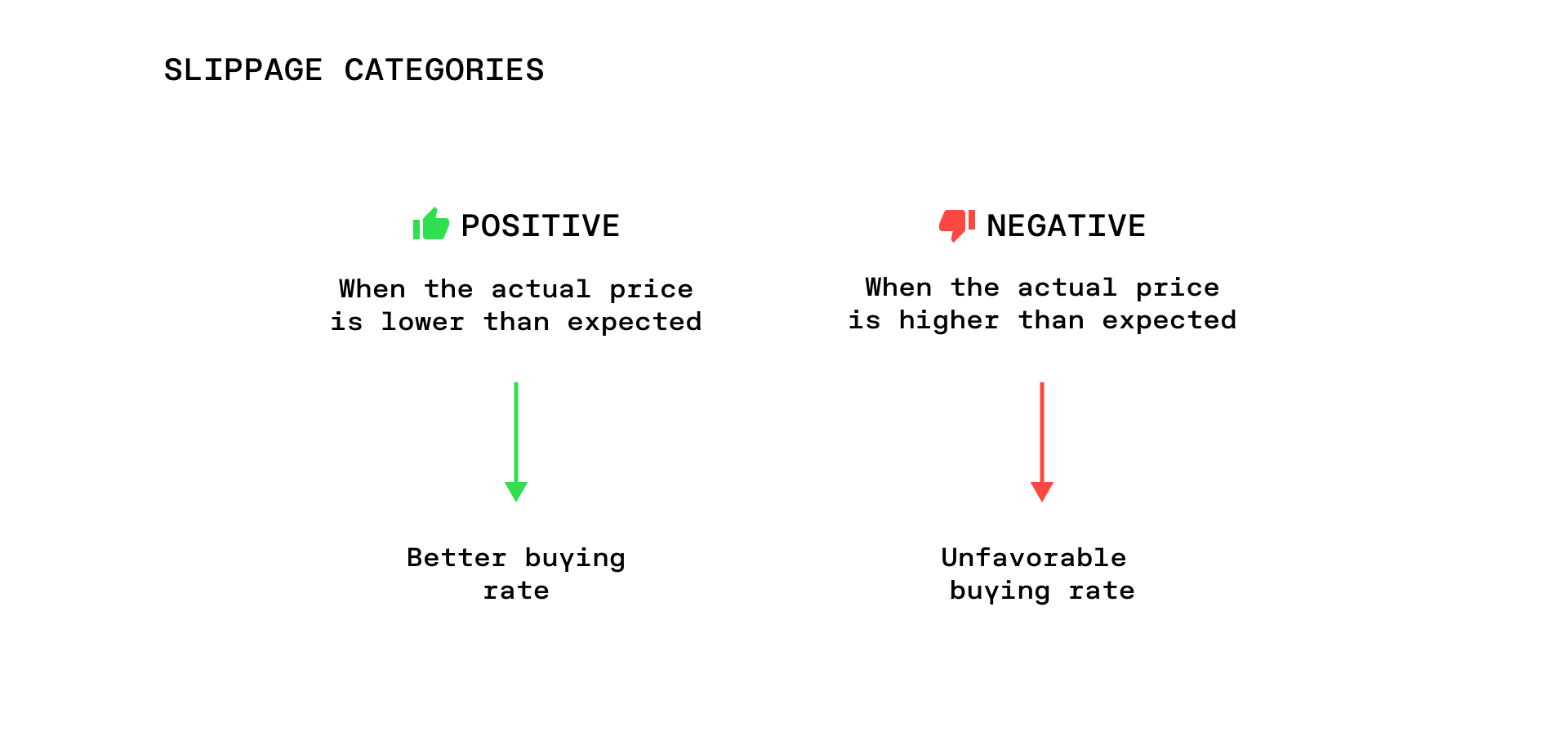
There are two possible explanations.
- Thin liquidity prevented you from buying ETH for the expected dollar amount. Perhaps there weren't enough sell orders at $1,300, so your buy order also absorbed some offers at a higher price.
- The market conditions changed between order placement and execution. Maybe other ether buyers snatched those $1,300 sell orders before you, or those willing to sell for $1,300 pulled their offers.
Now, consider the opposite scenario. Due to positive slippage, you have paid less than expected — the order was executed at $1,250 per coin. The market has moved in your favor, possibly due to an influx of offers at a slightly lower price. For a seller, the same slippage would translate into getting $50 more per ether coin.
Slippage calculation
In our buy order example, the gap between the expected and actual price is negative: -$50 per coin if expressed as the nominal amount. You may also calculate a slippage percentage: (-$50/$1,300)*100 = -3.8%. Positive slippage is found in the same fashion: (+$50/$1,300)*100 = +3.8%.
How to reduce slippage on a centralized crypto exchange
Typically, the most heavily traded pairs see the slightest deviations, but slippage is still possible. There is one surefire way to avoid it — a limit order. The caveat is that such orders remain unfilled in the absence of sufficient liquidity. Users of centralized crypto trading platforms can eliminate slippage or minimize it in three ways.
Use limit orders
Limit orders remove slippage, as they may only be filled at a specific price. On the downside, execution may take a long time or not happen at all if the limit price is never reached.
This type differs from a stop-loss order. The latter is an enhanced version of a market order — it merely sets a condition on when your order appears in the order book. It is then filled at the best available price, with or without slippage.
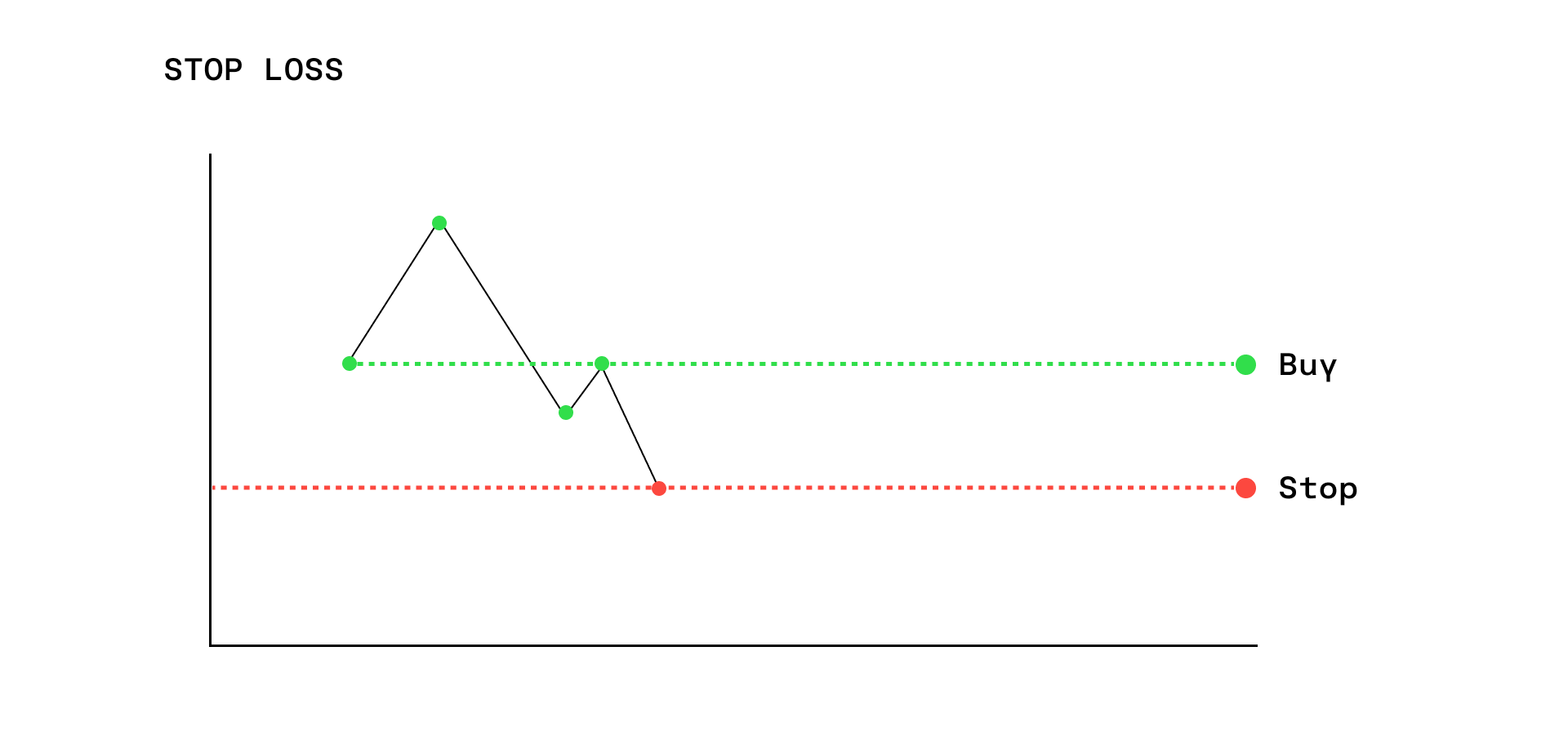
Adjust slippage tolerance
Slippage tolerance is the gap between the expected price upon entry and the strongest deviation you can accept at execution. It is typically expressed as a percentage of the total trade value.
Most trading platforms include a feature that lets you set the tolerance level before entering a trade. This way, there are two possible outcomes:
- execution at the expected price
- execution below your pre-set threshold
Avoid peak market hours
The crypto market is not random. For example, its volatility tends to rise when the European and the US hours overlap and after the US market opens. Savvy traders also avoid significant events, such as central bank announcements or economic data releases. These are strong fundamental factors that may spur dramatic swings.
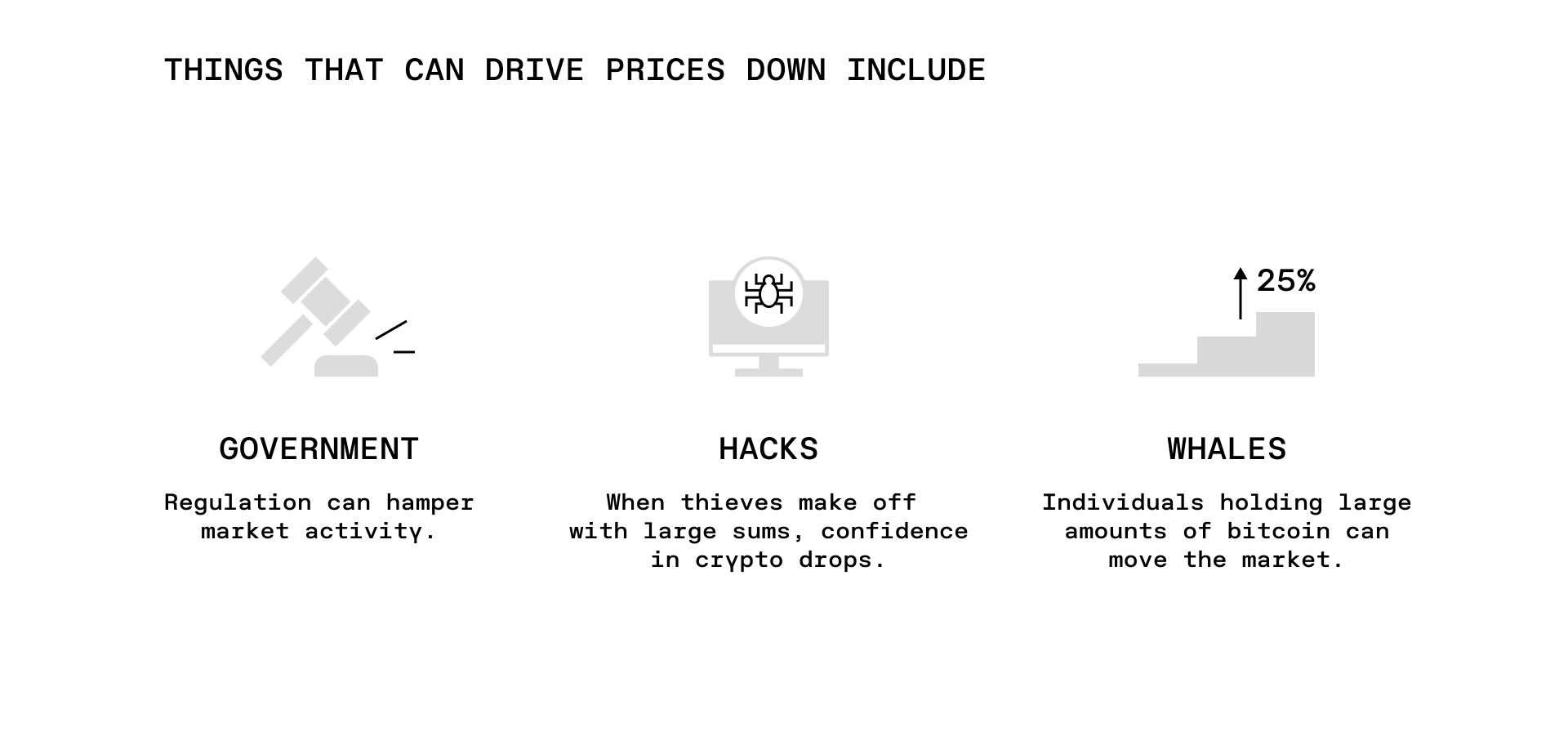
Reduce trade volume
Crypto prices react to significant trades. Therefore, consider calibrating your positions if you intend to buy or sell big volumes of cryptocurrency. You can reduce the potential market impact and slippage by breaking a massive transaction into smaller trades.
Why slippage on DEXs is the worst
Generally, users of decentralized exchanges see the most extreme slippage due to the way transactions are processed. Aside from volume and liquidity, block confirmation times and the design of the DEX may also influence the results. The delay between confirmation and execution on a blockchain extends the window for potential slippage, but there are three ways to reduce it.
- Pay a higher gas fee. On blockchains like Ethereum, transactions wait for validation in a queue. By paying more than the average gas fee, users incentivize validators and have their transactions prioritized. Check Etherscan to see the average rate in real time.
- Trade on layer 2. Layer 1 blockchain networks, such as Ethereum, get congested at peak times. Delays exacerbate the risk of slippage, so traders should consider scaling solutions or layer 2 protocols like Polygon. Processing on sidechains is faster as it bypasses the mainchain.
- Set slippage tolerance. The lower the tolerance – the longer it could take your order to get filled. On the upside, a low threshold prevents massive losses amid market turbulence.
Should I eliminate slippage?
All market participants should be aware of slippage, but some trading strategies are riskier than others. A hodler who trades occasionally may accept the difference if it is dwarfed by long-term gains. The downside risks are the biggest for those who trade more than they hold.
Large-scale investors
As the trade volume grows, so does the cost of slippage. This is a significant risk for whales. A loss of -0.25% or -0.5% on a trade worth millions of dollars is a hefty sum of money.
Those who trade frequently
Scalpers and day traders deal with slippage constantly. A loss of -0.25%, insignificant on its own, can eat into profits quickly if repeated multiple times a day.
Key takeaways
Slippage is a common occurrence when trading crypto. As the market is volatile and liquidity varies, your order may be filled at a higher or lower price, contrary to expectations. Digital assets see dramatic ups and downs for a plethora of reasons, and there is just one way to guarantee a specific execution price.
Yet while limit orders exclude slippage, they may also remain unfilled. By setting slippage tolerance, avoiding peak volatility, and breaking up big trades, you can limit, but not exclude, the risk. The difference between the intended price and the result is inherent in crypto trading. It is the cost of doing business in this vibrant market.



